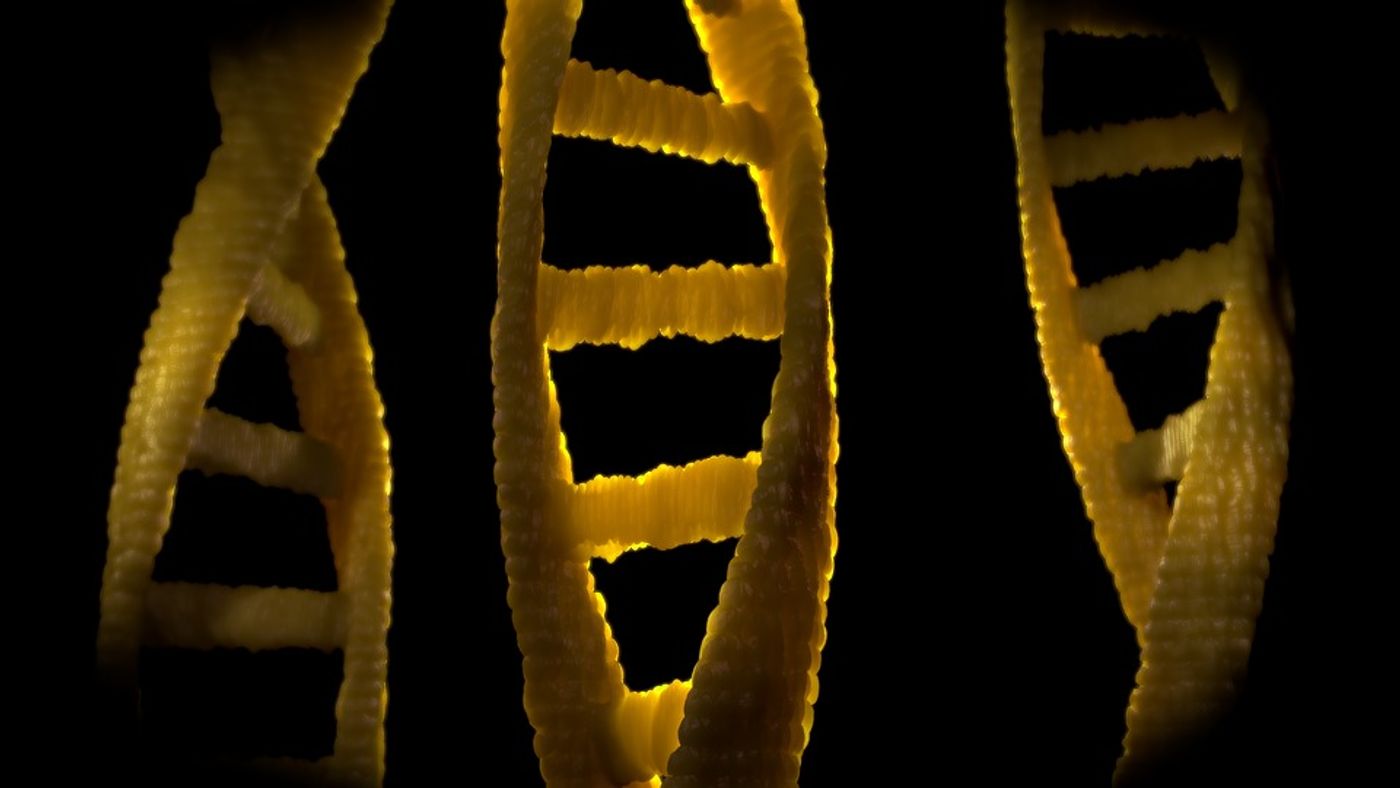Gene Editing and Stem Cell Tech Predict Heart Disease Risk
Scientists are developing technology to predict an individual’s risk of developing heart disease via gene editing, stem cell technologies, and identifying a specific genetic variant. From the American Heart Association, scientists introduce their “personalized risk assessment platform.”
Key technologies in making this platform possible for use in the clinic include using induced pluripotent stem cell (iPSCs) and CRISPR/Cas9-mediated genome editing. The exact genetic variant they’re looking for would successfully help them with differentiating between genetic variants associated with heart disease and variants that cause heart disease. The causation-versus-correlation dilemma is an important distinction to make, especially because they ultimately want to develop better therapeutics for heart disease.
"Random genetic testing will create a lot of stress for a healthy individual who may be getting echocardiograms, MRIs or medications that they may not need," explained senior author Joseph C. Wu, MD, PhD. "Results from this study will help improve the interpretation and diagnostic accuracy of gene variants, especially in the era of personalized medicine and precision health.”
For now, they have yet to identify a genetic variant that is confirmed to cause heart disease. So any variants they identify that are connected to heart disease but the specific are unknown, they refer to it as a “variant of uncertain significance” (VUS).
Researchers focused their study on genetic variants associated with a disease called hypertrophic cardiomyopathy (HCM). People who develop active HCM have enlarged hearts due to a thickening and scarring of the heart muscle. Thicker tissue means the heart pumps blood less efficiently, leaving tissues around the body lacking the healthy amount of oxygen and nutrients. HCM is often responsible for sudden cardiac death in young people, especially athletes.
Using DNA samples from 54 symptom-free individuals with no known heart disease, researchers sequenced and analyzed the DNA and compared the data with a panel of 135 cardiomyopathy and congenital heart disease genes associated with sudden cardiac death.
Their findings indicated 592 unique genetic variants, 78 percent of which were classified as benign or as a VUS; 17 genetic variants classified as “likely pathogenic.”
Researchers also collected samples of peripheral blood mononuclear cells (PBMCs), which are associated with the immune system and include monocytes, lymphocytes, and macrophages. that have round nuclei. PBMCs have round nuclei and are often isolated in the lab to study a variety of immune-related diseases.
The isolated PBMCs were reprogrammed to become iPSCs before researchers conducted genome editing using CRISPR/Cas9 to make each cell have identical DNA. Then, the embarked on a comprehensive analysis to determine if a specific genetic variant associated with HCM, MYL3, could lead to heart disease.
"Given the diversity of the human genome - no one of us is identical to another - it is difficult to determine whether a genetic "variant" is meaningful or not. As a result, we risk treating patients with medications or more for a variant that, in the end, is benign," concluded Joseph A. Hill, MD, PhD, editor of the journal Circulation. "This study combined two new powerful technologies, induced pluripotent stem cells and CRISPR-Cas9 gene editing, to model a patient's heart in a dish and to test whether those heart cells manifested signs of disease. This approach heralds a new era of in vitro disease modeling and drug testing as pivotal elements of precision medicine."
The present study was published in the journal Circulation.
Sources: “Personalized Immunosuppression in Transplantation,” Cleveland Clinic, American Heart Association









